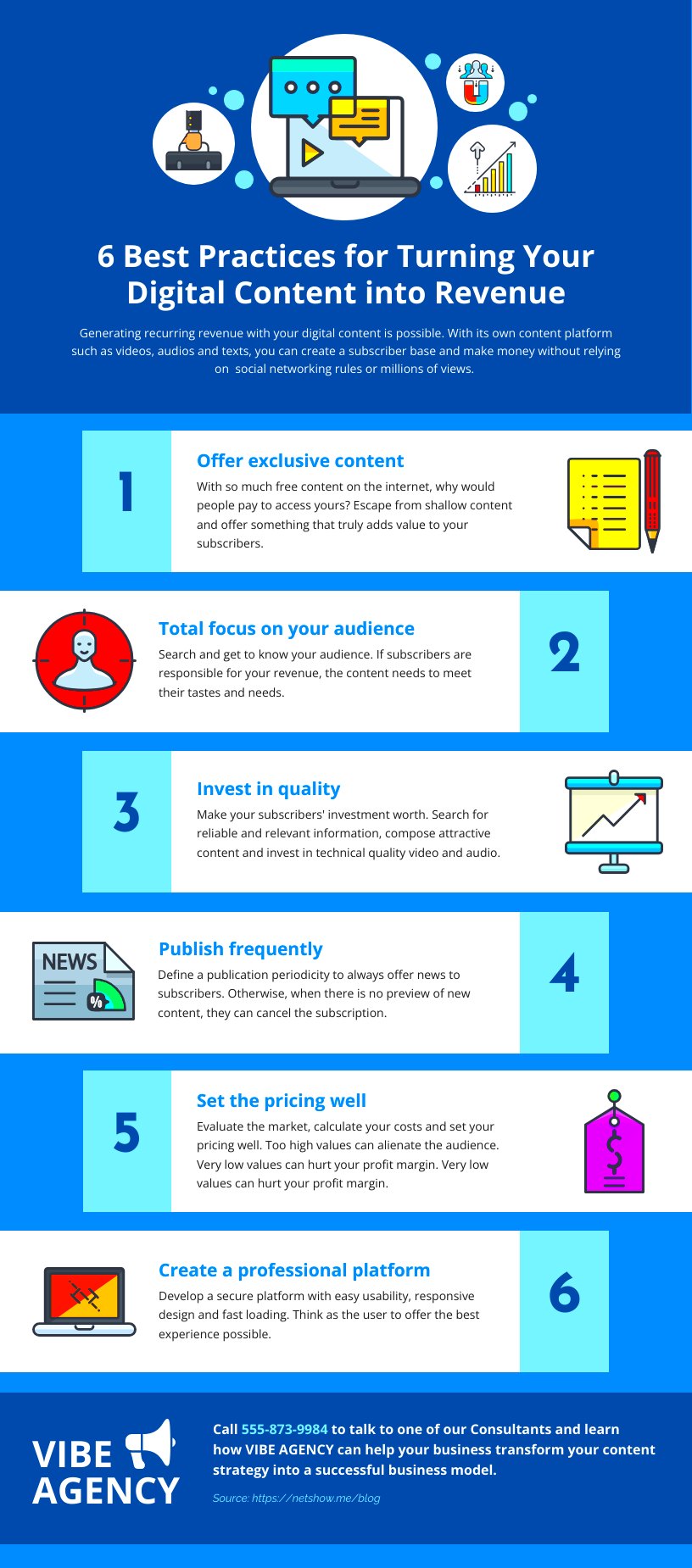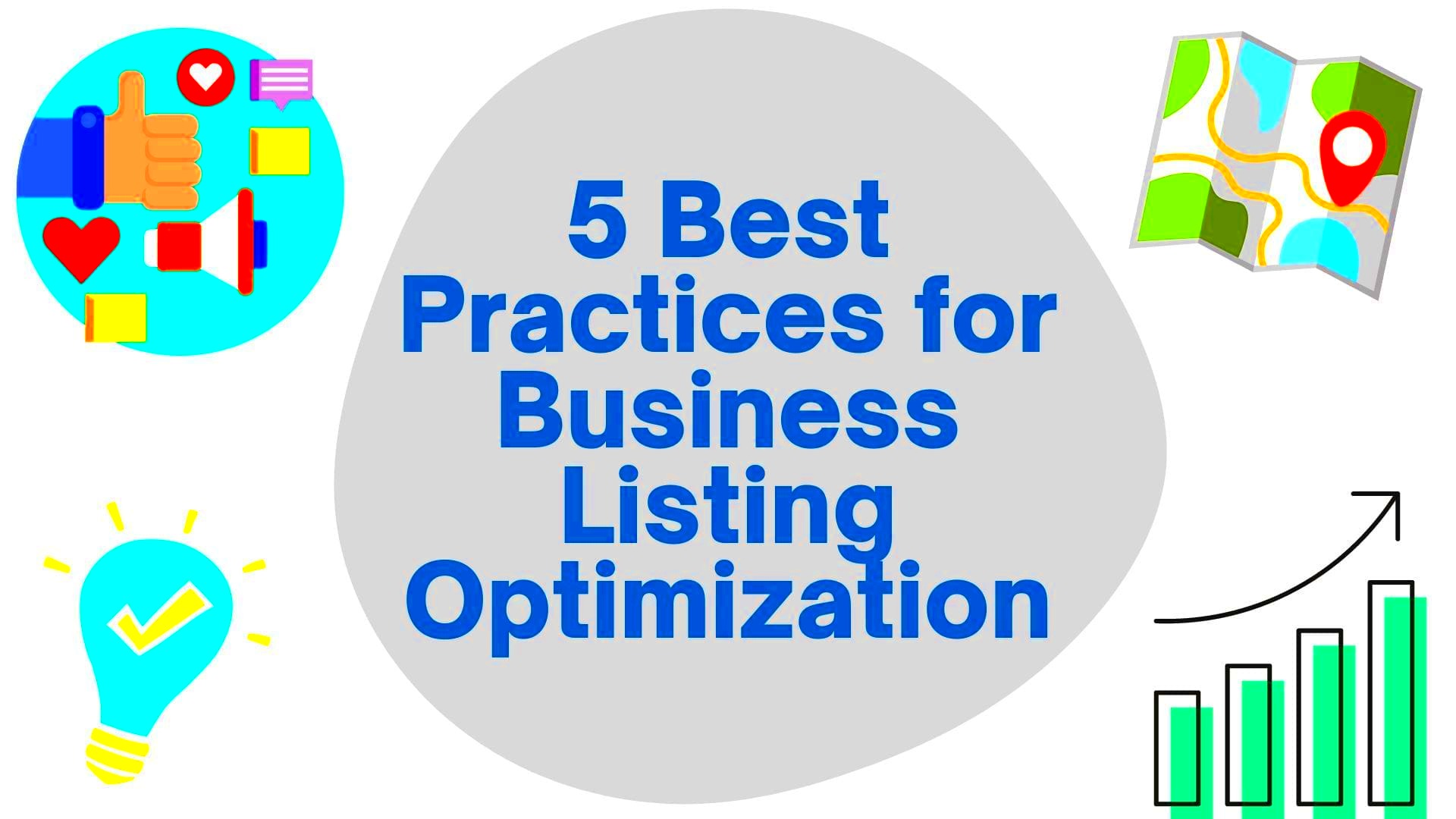When it comes to online visibility, business listings are a crucial element that shouldn’t be overlooked. At their core, business listings are online profiles that provide essential information about your company, like your name, address, phone number, and website. Think of them as digital business cards accessible to potential customers and search engines alike. Having a well-structured business listing can greatly enhance your online presence and attract more customers.
Importance of Business Listings on Your Website

So, why exactly are business listings so important for your website? Here are some key points to consider:
- Enhanced Visibility: When people search for services or products you offer, having a business listing can help your company show up in search results, increasing its visibility.
- Trust and Credibility: A complete business listing builds trust with your audience. When they see essential details like your address and contact number, they’re more likely to feel confident engaging with your business.
- SEO Benefits: Search engines favor business listings that are consistent and comprehensive. This means that a well-optimized business listing can improve your website’s overall SEO performance and rankings.
- Increased Traffic: A good business listing attracts more visitors to your website. When potential customers find your business information easily, they are more likely to click through to learn more.
- Customer Engagement: Listings that include reviews and testimonials can encourage customer interaction and engagement, providing social proof of your credibility.
In short, business listings are not just an optional add-on but a vital tool for any business aiming to thrive in the digital landscape. Make sure you’re leveraging them effectively!
Choosing the Right Format for Business Listings
When it comes to presenting business listings on your website, the format you choose can greatly influence user experience and engagement. You want potential customers to easily find the information they’re looking for without stumbling through an overly complex structure. Here are some key formats you might consider:
- Table Format: Using tables can make your listings visually appealing and well-organized. Each row represents a business, while columns can highlight different categories such as name, address, contact details, and website link.
- Card Layout: A card layout can be particularly effective for modern, mobile-friendly websites. Each business can be displayed in a “card” that includes an image, brief description, and essential contact info, all in a compact format.
- List Format: A simple list is often the most straightforward and easy-to-navigate option. Bulleted or numbered lists can organize businesses in a clear manner, making it easy for users to scan through their options.
- Interactive Map: Consider integrating an interactive map that shows business locations. This format combines visual appeal with functionality by allowing users to click on markers for more detailed information about each business.
- Dropdown Menus: If your listings are extensive, dropdown menus can help users focus on specific categories or locations, minimizing clutter and streamlining the browsing experience.
Remember to test different formats and gather feedback. What works for one website may not work for another! Aim for clarity, aesthetics, and ease of use.
Essential Information to Include in Your Listings
When creating business listings, including the right information is crucial for attracting potential customers. Users need specific details at a glance. Here’s a list of essential information that should be included in your listings:
| Information Type | Description |
|---|---|
| Business Name | Clearly state the name of the business. This is the first thing people look for! |
| Description | A concise overview of what the business offers can help users to decide quickly if it meets their needs. |
| Contact Information | Include a phone number, email address, and even a contact form link. Accessibility is key! |
| Physical Address | Provide the full street address to make it easier for users to find the business. |
| Website Link | A direct link to the business’s website allows for more in-depth exploration by users. |
| Social Media Links | Including links to platforms like Facebook, Instagram, or Twitter helps users engage and stay updated. |
| Operating Hours | List the days and hours the business operates. This information is essential for planning visits. |
| Ratings and Reviews | If applicable, display user ratings and reviews. This builds credibility and trust with potential customers. |
By including these key details, you provide potential customers with the information they need to make informed decisions. Just remember to keep the information up to date—nobody likes outdated listings!
Optimizing Listings for Search Engine Visibility
When it comes to ensuring your business listings shine online, optimizing them for search engine visibility is crucial. After all, what good is a well-crafted listing if no one sees it? Understanding the fundamentals of SEO can elevate your listings, making them not just appealing to users but also friendly to search engine algorithms.
Start with keyword research. Think about the terms potential customers might use to find your services or products. Tools like Google Keyword Planner or Ubersuggest can help identify relevant keywords. Incorporate these keywords naturally within your listings, avoiding keyword stuffing, which can negatively impact readability and SEO.
Next, focus on the structure of your listings. A clean, organized format improves user experience and can affect SEO rankings. Here are some tips for structuring your listings:
- Title Tags: Use descriptive titles that include primary keywords.
- Meta Descriptions: Write compelling meta descriptions that provide a concise summary and encourage clicks.
- Headings: Use H1, H2, and H3 tags effectively to structure content, making it easier for search engines to understand.
Images are also an important factor. Optimize your images by using descriptive file names and alt text, which not only informs search engines about the content of the image but also enhances accessibility.
Lastly, ensure that your business information is consistent across all listings and platforms. This consistency aids in building credibility, helping search engines confirm the legitimacy of your business.
Leveraging User-Generated Content and Reviews
User-generated content (UGC) and customer reviews play an essential role in building trust and credibility for your business. When potential customers see authentic feedback from real users, they are more likely to trust your business and make a purchase. Here’s how you can effectively leverage UGC and reviews for your website listings.
First, encourage your customers to leave reviews. Make it easy for them by sending follow-up emails after a purchase and including direct links to your review platform. Consider incentivizing reviews—offering discounts or entering customers into contests can be effective strategies.
When showcasing reviews, highlight positive feedback prominently on your listings. Use quotes, star ratings, or even video testimonials to make the reviews more engaging. Here’s a quick list of how to display user reviews:
- Star Ratings: Display an average star rating prominently.
- Review Snippets: Feature snippets of customer reviews that highlight key selling points.
- Images: If applicable, include user-uploaded photos that demonstrate your products in real life.
Furthermore, respond to reviews—both positive and negative. Acknowledging reviews shows that you value customer feedback and are committed to improving your services. This can further enhance your brand’s reputation.
Lastly, you can utilize UGC to create content that resonates with your audience. Encouraging customers to share their experiences on social media under specific hashtags can offer an additional layer of credibility and attract new customers to your business.
Ensuring Mobile-Friendliness of Your Listings
In today’s digital landscape, a significant portion of web traffic comes from mobile devices. Therefore, ensuring that your business listings are mobile-friendly is no longer optional; it’s essential. A mobile-friendly site is one that’s easy to navigate on smartphones and tablets, providing a seamless user experience regardless of the device used.
Here are some key strategies to optimize your business listings for mobile:
- Responsive Design: Ensure that your website uses a responsive design. This means that the layout will adjust automatically to fit the screen size, providing an optimal viewing experience.
- Optimize Load Times: Mobile users tend to have less patience with slow loading pages. Optimize images and utilize tools like Google PageSpeed Insights to improve your site’s speed.
- Clear Call to Action: Make sure your call-to-action buttons are easily visible and easy to tap. Use larger buttons that can be clicked without zooming in.
- Readable Text: Ensure that your text is legible without having to zoom. Use a font size of at least 16 pixels and maintain sufficient contrast between text and background.
- Simple Navigation: Simplify your navigation menu for mobile users. Utilize dropdown menus and limit the number of items for a cleaner, more user-friendly experience.
Ultimately, a mobile-friendly listing enhances user experience, improves engagement, and can even boost your SEO ranking. So, take the time to review your listings on various devices. You might be surprised by how much a little change can positively affect your business!
Regularly Updating Your Business Listings
Your business listings are essentially your online storefront, and just like a physical storefront, they require regular upkeep. Regularly updating your business listings helps maintain accuracy and ensures that potential customers have the most current information at their fingertips.
Here are some best practices for keeping your listings up-to-date:
- Monitor for Changes: Keep an eye on your business hours, services offered, and contact details. Ensure that any changes are promptly reflected in your listings.
- Respond to Reviews: Customer feedback is invaluable. Regularly check and respond to reviews, as this shows that you value your customers’ opinions and are engaged.
- Seasonal Updates: If your business operates seasonally (e.g., holiday hours, special promotions), be sure to update your listings accordingly to keep customers informed.
- Check Consistency: Your listings should be consistent across all platforms – including social media, local directories, and mapping services. Inconsistencies can confuse customers and harm your SEO.
- Analytics Tracking: Utilize analytics to assess the performance of your listings. Make adjustments based on what data tells you about customer interactions.
By regularly updating your business listings, you not only provide accurate information to potential customers but also build trust and authority in your industry. It’s a simple yet effective way to foster customer relationships and ultimately drive more traffic to your website!
9. Utilizing Structured Data for Enhanced Listings
Let’s face it, in the vast ocean of the internet, standing out is tougher than ever. One of the smartest ways to ensure your business listings shine brighter is by utilizing structured data. But what exactly is structured data? Simply put, it’s code that you add to your website to help search engines understand your content better. It’s like giving them a cheat sheet.
When you use structured data, you can mark up information about your business, products, events, or reviews. This enhanced information can then appear in search results as rich snippets, which can significantly increase your visibility. Here are a few key types of structured data you might consider:
- Local Business Schema: This helps search engines recognize your business and its operational details, such as the address, phone number, operating hours, and more.
- Product Schema: Perfect for e-commerce businesses, this can display pricing, availability, and review ratings in the search results.
- Article Schema: If you’re a content-heavy site, adding this can enhance how your articles appear in the SERPs, including adding images or author details.
Using structured data not only enhances your listings but also contributes to a better user experience. Searchers get more relevant information at a glance, making them more likely to click on your link. Websites that embrace structured data often see an uptick in both traffic and engagement, so it’s worth integrating into your SEO strategy!
10. Monitoring and Analyzing Listing Performance
Alright, you’ve put in the work by crafting those perfect business listings. Now what? It’s time to monitor and analyze their performance! Just like any good business strategy, you need to track how effectively your listings are operating. This ongoing evaluation helps you understand not just what’s working, but what isn’t.
How can you effectively monitor your listings? Here are some actionable tips:
- Utilize Analytics Tools: Tools like Google Analytics or SEMrush can provide insights into how users are interacting with your listings and what their behavior is.
- Track Key Metrics: Focus on metrics such as click-through rates (CTR), impressions, and user behavior on your site. These will help paint a picture of effectiveness.
- Customer Feedback: Pay attention to reviews and ratings. Positive feedback can highlight what you’re doing right, while negative reviews can pinpoint areas for improvement.
Once you gather this data, analyzing it is crucial. Look for trends over time. Are your listings performing better during certain seasons? Is there a noticeable uptick in clicks after you made specific changes? Use this information to inform your ongoing strategy. The best part? Smart businesses continuously refine their listings based on analytical feedback, ensuring they remain competitive in a constantly evolving marketplace. So, don’t just set and forget your listings; make it a habit to review their performance regularly for sustained success!
Conclusion and Key Takeaways
In today’s digital landscape, effective business listings on your website are crucial for enhancing visibility, improving user experience, and driving conversions. Implementing the best practices outlined below can significantly contribute to the success of your online presence.
Key Best Practices for Business Listings:
- Consistent Information: Ensure your business name, address, and phone number (NAP) are consistent across your website and other online platforms.
- Optimized Listings: Use relevant keywords that describe your business offerings and integrate them into your listings.
- Engaging Descriptions: Write clear, concise, and engaging descriptions that provide valuable information about your products or services.
- High-Quality Images: Use professional images that accurately represent your business and are high in quality to attract visitors.
- Structured Data Markup: Implement schema markup to help search engines understand your business information better and enhance your listings in the SERPs.
- Call to Action: Include strong calls to action (CTAs) to encourage users to take specific actions, such as contacting you or visiting your store.
- User Reviews: Include customer testimonials and reviews to build credibility and foster trust among potential customers.
- Regular Updates: Keep your business listings updated with the latest information regarding hours, services, and any changes in contact details.
By adopting these best practices, businesses can enhance their online visibility, optimize their user experience, and foster a deeper connection with their audience, ultimately leading to higher engagement and conversions.



